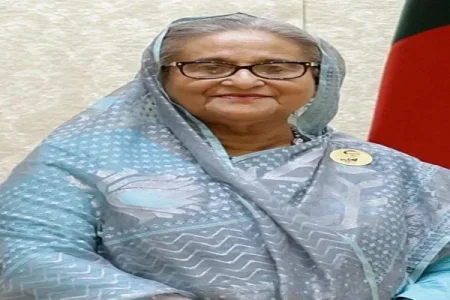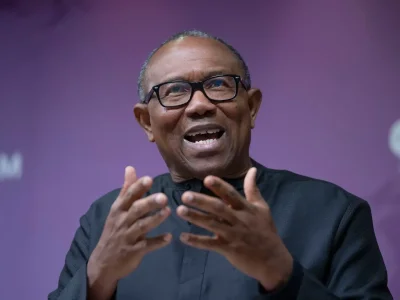
Bangladesh’s Prime Minister Sheikh Hasina has resigned and fled to India amid severe protests that have resulted in over 300 deaths. The unrest, sparked by student protests against job quotas, evolved into broader discontent with Hasina's government. The violence has marked the deadliest period of unrest in the country.
In a dramatic turn of events, Bangladesh's Prime Minister Sheikh Hasina has resigned and sought refuge in India following weeks of violent protests that have claimed at least 300 lives. The 76-year-old leader, alongside her sister, reportedly left the country via a military helicopter, taking "safe shelter" away from her official residence, as confirmed by army officials and the Bangladesh High Commission in Delhi.
The protests, which began in July with student demonstrations against civil service job quotas, quickly morphed into a broader movement addressing economic grievances, corruption, and the perceived authoritarianism of Hasina's government. The situation escalated significantly, with clashes between protesters and security forces intensifying over recent weeks.
On Sunday, the violence reached a peak, with at least 95 people killed, including 14 police officers, in clashes primarily in the capital. Further unrest continued on Monday, with reports of additional fatalities in the Jatrabari and Dhaka Medical College areas. Protesters, defying curfews and government crackdowns engaged in violent confrontations with government supporters and security forces armed with sticks and knives.
Hasina, who had been the longest-serving female leader globally, faced numerous allegations of human rights abuses during her tenure, including forced disappearances and extrajudicial killings. As anti-government protesters prepared to march on the capital demanding her resignation, Hasina's flight marks a significant moment in Bangladesh’s ongoing crisis, raising questions about the future stability of the nation.




